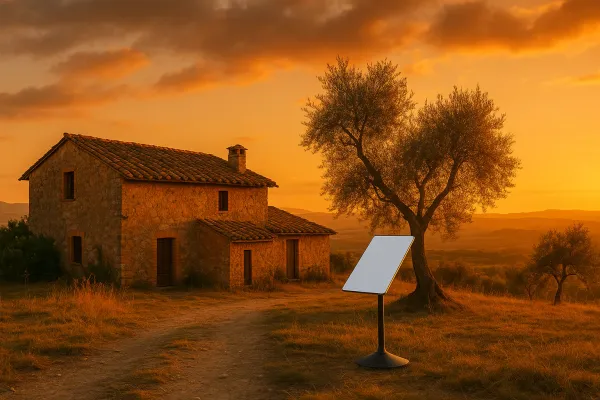Rustic Retreat
Hot Projects
Live broadcasts and documentation from a remote tech outpost in rustic Portugal. Sharing off-grid life, the necessary research & development and the pursuit of life, without centralized infrastructure.
 Subscribe to our new main project Rustic Retreat on the projects own website.
Subscribe to our new main project Rustic Retreat on the projects own website.

Apollo-NG is a mobile, self-sustainable, independent and highly-experimental Hackbase, focused on research, development and usage of next-generation open technology while visiting places without a resident, local Hackerspace and offering other Hackers the opportunity to work together on exciting projects and to share fun, food, tools & resources, knowledge, experience and inspiration.
The sight of a setting sun is always an inspiring and comforting observation to me, much more so at about 400 km above the surface of the earth at a speed of about 27.000 km/h: On the ISS. Since I caught a nice one yesterday, I wanted to share the experience with you:
If you're currently located in central europe, watch the sky, once the sun has set. We currently have a very favorable ISS orbit to terminator crossing constellation, there should be another couple of days where we can see them fly by, with a little luck even more than one time, depending on your location.
Image creation/manipulation is an essential part of UI design and, with Photoshop gone, GIMP and Inkscape came to the rescue. Almost all graphics used in the Apollo-NG realm are created with Inkscape. With many people already using Inkscape and it being a vector oriented tool creating SVGs, it was just a matter of time until the SVG standard and its implementations matured and spread. Some features, such as SMIL animation and SVG Fonts are not as widely supported. There are many SVG authoring tools, and export to SVG is supported by all major vector graphics authoring tools.
SVG 2 is currently under development, and will add new ease-of-use features to SVG, as well as more closely integrating with HTML, CSS, and the DOM, and deprecating features not supported by all browsers. The SVG Working Group is currently working in parallel on a set of modules for extending prior specifications and adding functionality to CSS, and the new SVG 2 specification will combine those modules with the rest of the SVG framework to work across the full range of devices and platforms.
Let's see about bypassing even Inkscape and learn with a simple real-world example about programming UI elements directly, as opposed to manually drawing in Inkscape and thereby giving our code the means to control the design itself, making another step towards better SDUI.